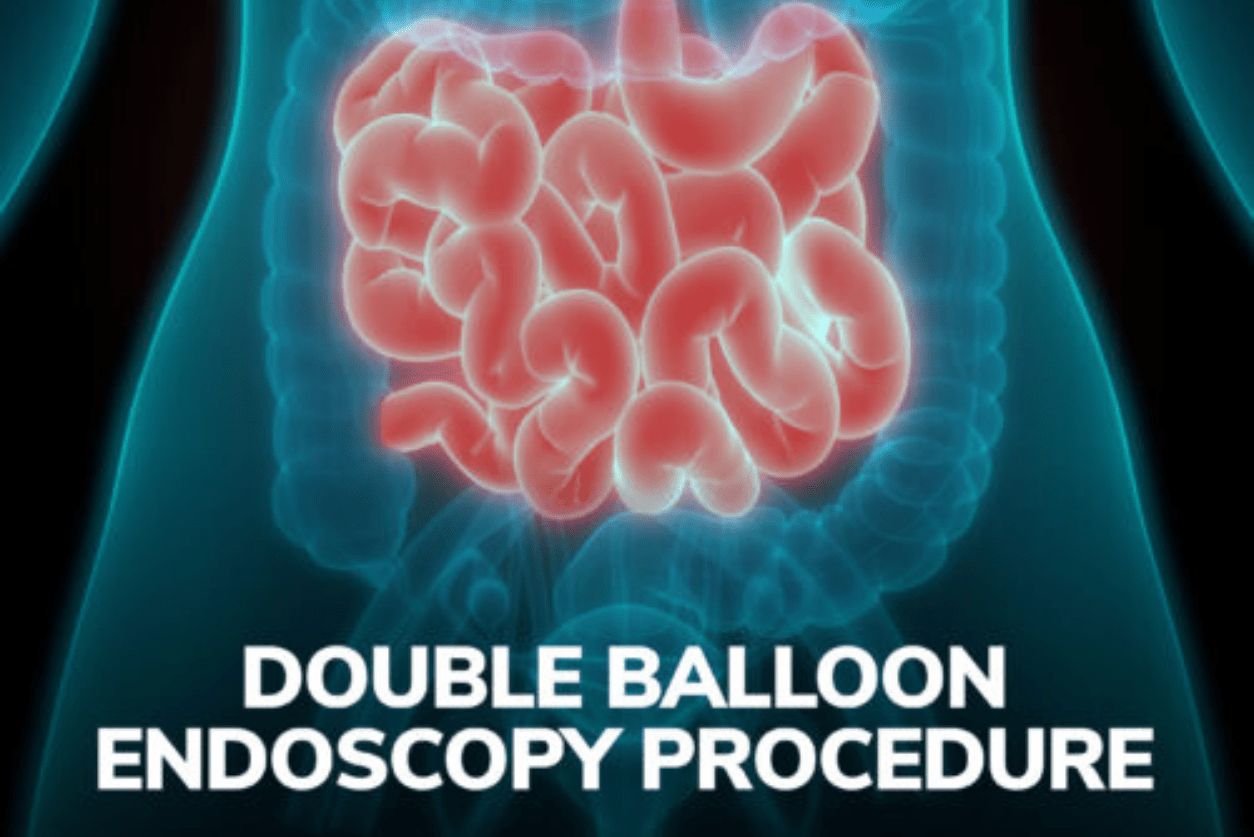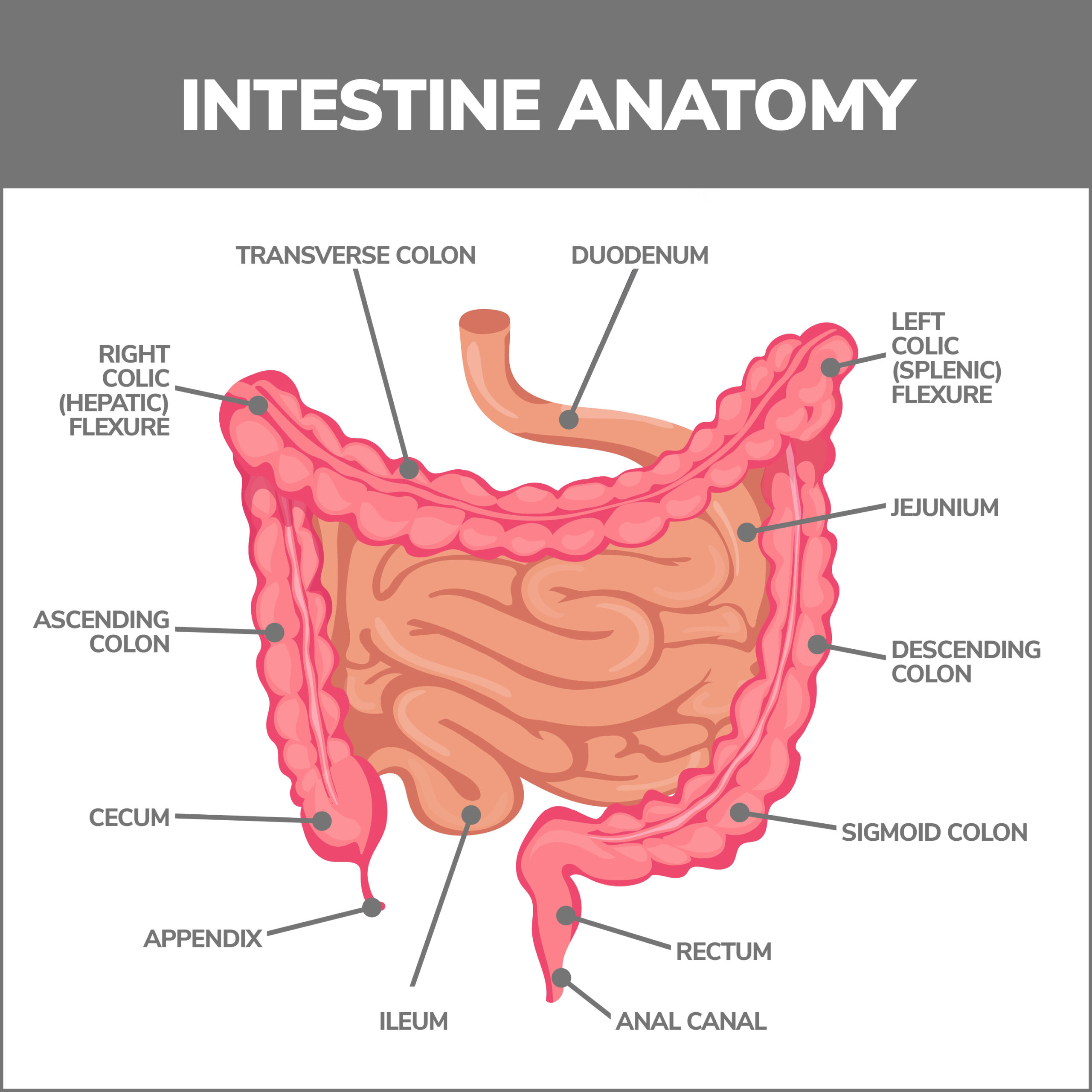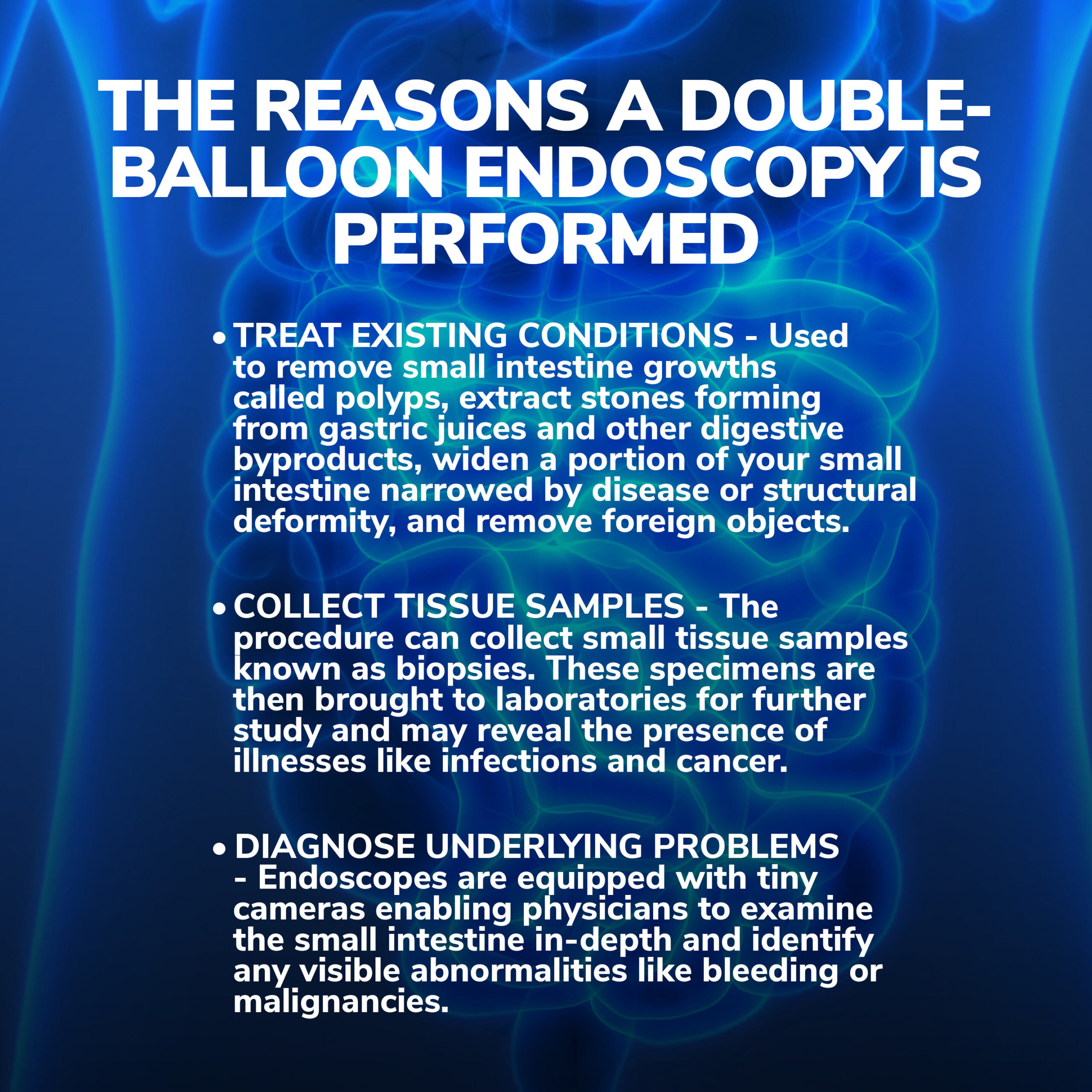
Double Balloon Endoscopy Procedure
Your gastrointestinal system is essential in ensuring you stay healthy and strong. Illnesses impacting this network can have a negative influence on your overall well-being. Such problems are not always easy to detect. Luckily many diagnostic procedures have been designed to make this process easier. One is known as double-balloon endoscopy.
Overview
Double-balloon endoscopy is a type of diagnostic test formally called enteroscopy, which enables doctors to identify and treat conditions of the small intestine.
Double-Balloon Endoscopy
Double-balloon endoscopy, also called a push-and-pull enteroscopy or balloon-assisted endoscopy, is considered a non-surgical diagnostic tool.
It allows physicians to examine the deep regions of your small intestine.

The Reasons a Double-Balloon Endoscopy Is Performed
Your doctor might recommend this procedure to:
- Treat Existing Conditions – Double-balloon-endoscopy is often employed to remove small intestine growths called polyps, extract stones forming from gastric juices and other digestive byproducts, widen a part of your small intestine narrowed by disease or structural deformity, and remove foreign objects.
- Collect Tissue Samples – The procedure can collect small tissue samples known as biopsies. These specimens are then taken to a laboratory for further study and may reveal the presence of illnesses like infections and cancer.
- Diagnose Underlying Problems – Endoscopes are equipped with tiny cameras enabling physicians to examine the small intestine in-depth and identify any visible abnormalities like bleeding or malignancies.

Preparing For the Procedure
Double-balloon endoscopy is performed on an outpatient basis. You may be required to spend a night or two in the hospital in certain instances or with specific underlying conditions.
In preparation for the procedure, you will likely be required to consume a liquid diet in the preceding few days. Doctors might also ask you to use laxative medications or undergo an enema to ensure that your bowels are completely clear. You might also be prohibited from eating anything 12 hours before the exam.
You are also firmly urged to disclose any over-the-counter or prescription drugs you regularly use to your doctor. Certain medications might interfere with or skew the results.
Additionally, you should arrange for transportation home. You will be sedated before the procedure, and those drugs render you unable to drive or operate any type of heavy machinery for several hours.
The Procedure
The procedure’s first phase is sedation. You will either be given sedatives or undergo anesthesia intravenously.
Once you are sedated or asleep, doctors insert the diagnostic tool equipped with a camera, surgical instruments, and two inflatable balloons into your bowel region either through your mouth or anus.
Doctors then use the equipment to examine your small intestine by inflating and deflating the balloons as needed.
As the descent into the small intestine progresses, the attached camera produces computerized images doctors can view, detect abnormalities, and immediately correct fixable issues.
The Recovery Process
You will spend some time in the recovery room of the medical facility where the test was performed to allow the sedative medication or anesthesia to dissipate. If the endoscope was inserted through your mouth, you might experience temporary throat discomfort. Regardless of the administration route, you might encounter short-lived nausea, vomiting, abdominal pain, and the buildup of excess intestinal gas.
Reach Out to Us
Our practice began more than 15 years ago and has emerged as one of the leading gastroenterology practices in central Florida. We perform a host of diagnostic procedures using state-of-the-art equipment in a friendly, comfortable, and inviting atmosphere where patient care is always a top priority. Contact us today!